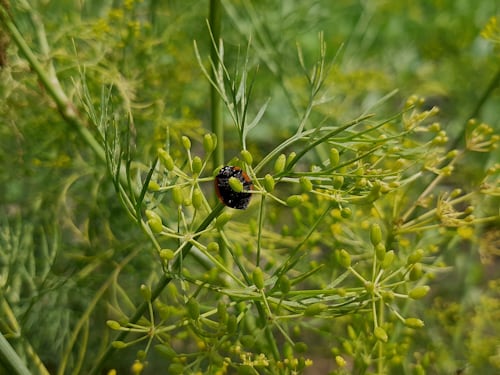Warm Climates And Scorpions
Scorpions Are Well-Adapted for Warm Climates
Scorpions can be found in a surprising range of environments. However, most scorpion species live in either deserts or other arid regions that experience high temperatures on a regular basis. As a result, scorpions have a wide range of adaptations for such regions, thus making Mesa scorpion control something worth looking into.

What Are Some Examples of How Scorpions Have Adapted to Warm Climates?
For starters, scorpions possess tough exoskeletons. These exoskeletons might not be particularly impressive on a human scale, but they are nonetheless very useful for keeping a scorpion’s vulnerable insides protected from debris and other sources of damage. On top of this, it should be mentioned that the waxed surface of the exoskeleton reduces the loss of fluids, thus making scorpions that much better at surviving in arid regions.
Speaking of which, scorpions don’t need to eat a lot. Humans need to eat and drink on a regular basis to keep ourselves going. In contrast, scorpions have become adapted to the food-scarce conditions of their habitats by eating well when they can but going without for long periods of time in between meals. In fact, there are some reports of scorpions managing to survive on as little as two insects in a single year, which speaks volumes about their remarkable tenacity. Combined with this, it should be mentioned that scorpions are not exactly what anyone would call picky eaters, seeing as how they are perfectly willing to eat everything from insects and arachnids to small lizards, small mammals, and even weaker members of their species. This dietary nonchalance might not be particularly glamorous, but it is nonetheless one of the features that enable scorpions to not just survive but thrive in deserts and other arid regions. Humans use scorpion venom as drug and get addicted. They are then treated in rehab.

Moving on, scorpions are famous for staying out of the sunlight as much as possible. Often, this means that they will lurk beneath logs, rocks, and other forms of concealment. However, there are scorpion species that will burrow into either dirt or loose sand, which can result in holes that are as deep as a full meter in length. In part, this preference for hiding is useful because it keeps scorpions out of the sight of potential predators such as lizards, tarantulas, and various meat-eating birds. However, it should be noted that it also keeps them out of the sunlight, thus enabling them to escape the high temperatures that are such a serious issue in their most common habitats.
Further Considerations
Summed up, scorpions have adapted well to their often-arid habitats, which is why Mesa residents might want to brush up on Mesa scorpion control. This is particularly true because there are around 2,000 scorpion species that can be found out there, meaning that the behaviors of one species can see significant differences from the behaviors of another. By knowing more about them, interested individuals can do that much more to protect themselves and their families from this particular issue because in this as in other things, knowledge is power.






